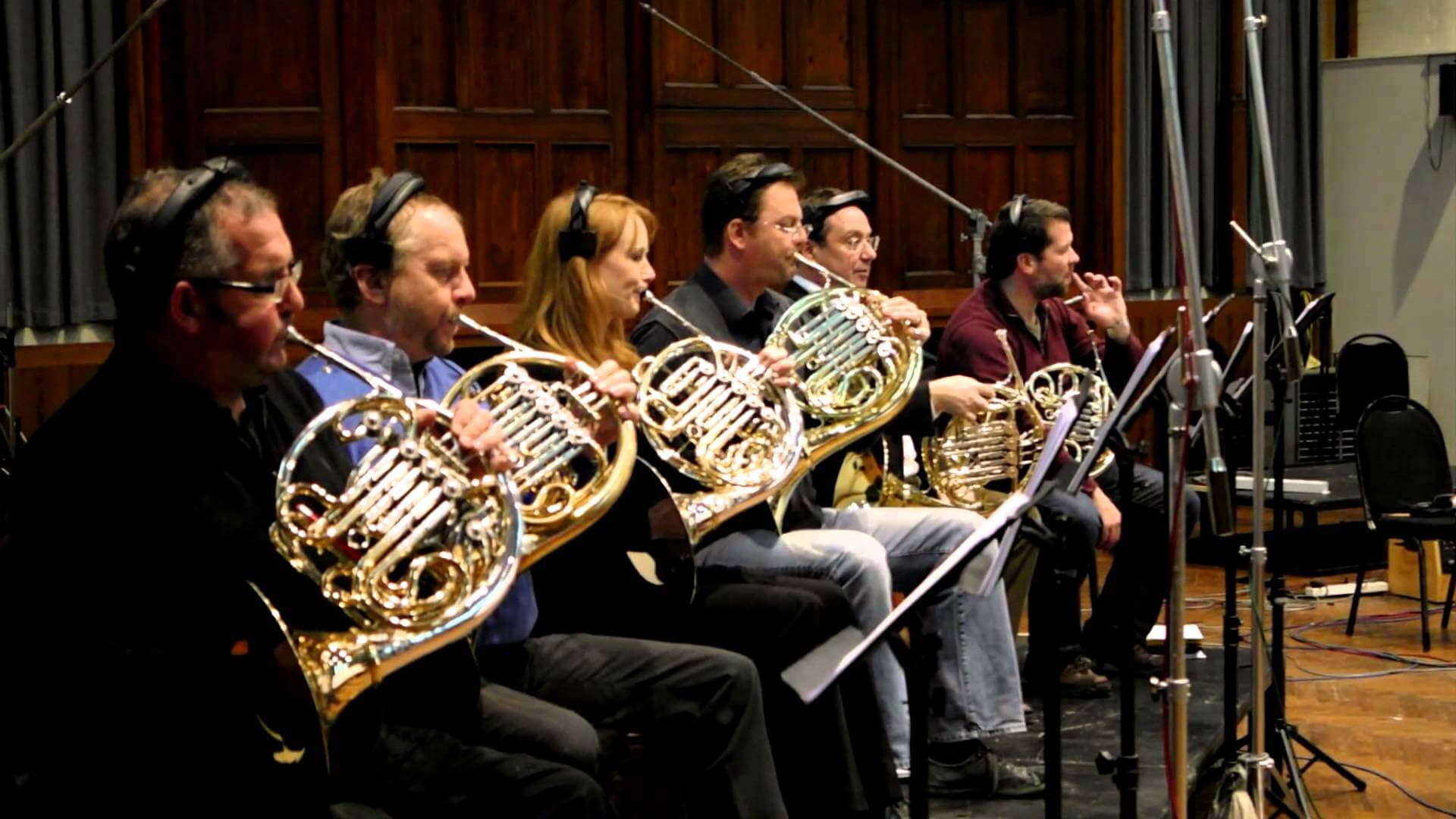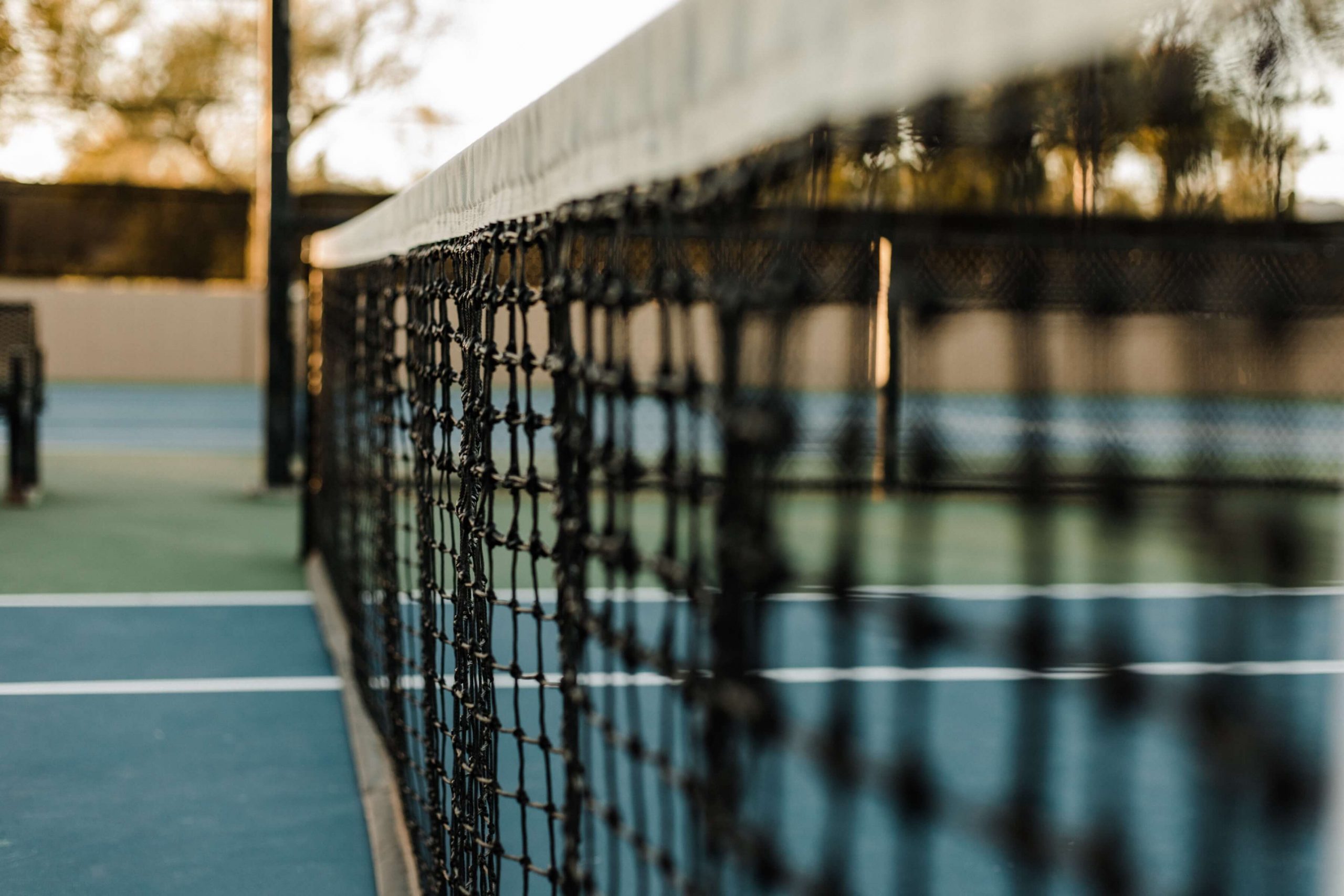Geyer vs. Kruspe is a well-worn debate in the horn world, and while many people like to discuss which is better (neither), one thing that’s not often discussed is how the two different styles of horns play.
(If you’re not sure of the difference between Geyer and Kruspe, you can find some examples on my Types of French Horn page).
But a recent video by Houghton Horns hosted by Dr. Derek J. Wright gets into some nice details that I haven’t heard widely discussed before.
The Video
You can see the video here. It’s not too long, and if you’re interested in this kind of horn geekery, you should watch it:
Derek makes some great points – here are some that deserve extra attention:
“Fighting” the Horn
I love Derek’s comments about how Kruspe and Geyer-style horns take a player’s air. Especially the distinction between the horn “accepting” too much air (Kruspe) and “fighting” too much air (Geyer).
I’ve had first-hand experience with a horn that would accept too much air, and I found that not only did I feel like I was unable to make moderately-long phrases work, but the horn had such little resistance (at all dynamics) that I wound up using a lot of extra embouchure tension to make up for the “missing” resistance.
Over a few months, it totally wrecked my face and my breathing.
Both the horns I have right now are Paxman instruments, and while they aren’t Geyer or Kruspe style (Derek touches on this toward the end of the video), I do find that a balanced amount of resistance is absolutely essential for me.
Practice Mutes for…Practice
This is an awesome idea to find the right balance of air without overblowing.
I do use a practice mute from time to time, and while I don’t enjoy it, thinking of it as a tool to get the “just right” amount of airflow makes it something that I may incorporate in my regular toolbox for students (and myself)!
Right Hand Position
Another thing that I see brought up rarely is how the bigger horns allow you to “get away” with a less-than-optimal hand position without totally shutting down.
Derek demonstrates the difference in sound between a good (straight) right hand position and a more cupped or covered right hand on both instruments. While I think the open sounds much better on both horns, it does sound noticeably worse on the medium-belled Geyer horn.
I’ve found something similar with my (medium-belled) Paxman horns. There is a sweet spot where the horn really resonates and sings at all dynamics, but that sweet spot can sometimes feel frustratingly small.
Sound Difference
The final point Derek makes relates to the differences in sound between the two types of horns.
While this is somewhat obvious, it’s good to point out that both styles of horns have their own “basic” sound. If you try to make a Kruspe sound like a Geyer (or vice-versa) you’re likely to have a more difficult time.
Of course, the player has the most to do with the sound, but ideally, you want your internal sound concept to match (as closely as possible) the “traditional” sound of the instrument that you are playing.
As a brief aside, one of the most important considerations about hearing yourself was made by Robert Ward (Principal Horn of the San Fransisco Symphony) on his “Warm Up” page on his website:
[Y]ou must train yourself to accept a sound from your bell that is brighter than you think you ought to play.
Further Thoughts
Additionally, John Ericson also has some thoughts about this video, mainly focused on the idea of if the Kruspe style could make a comeback anytime soon.
If you’re contemplating a new style of horn, or just curious about what it’s like on the “other side”, you should watch this video!





